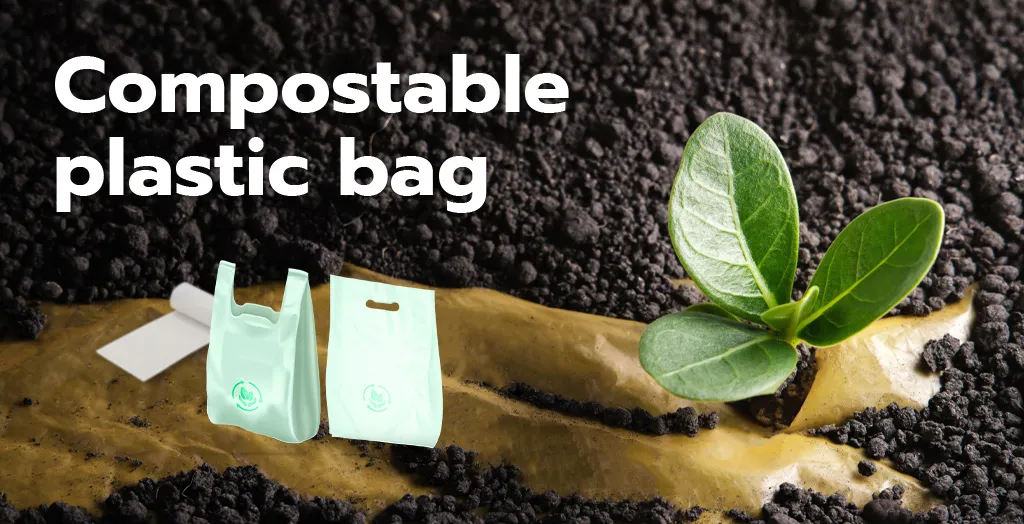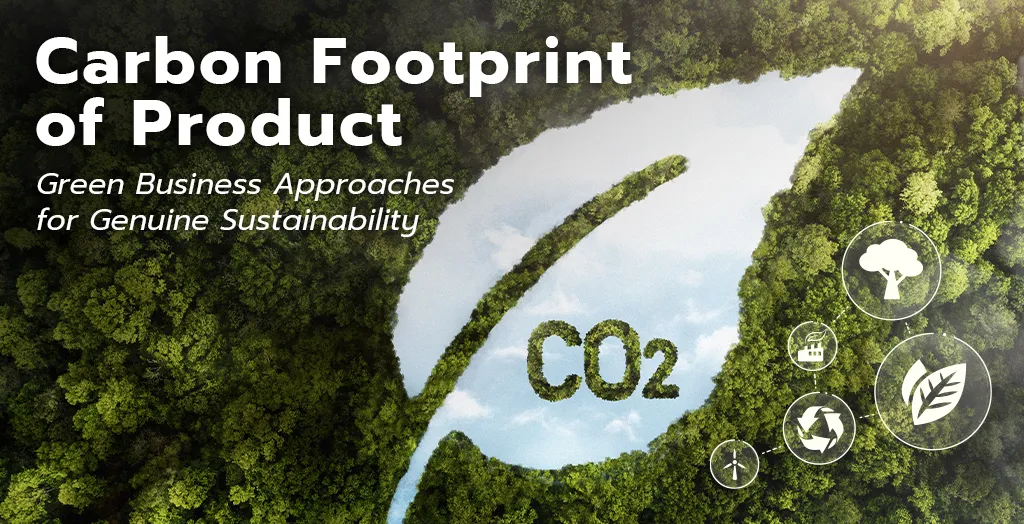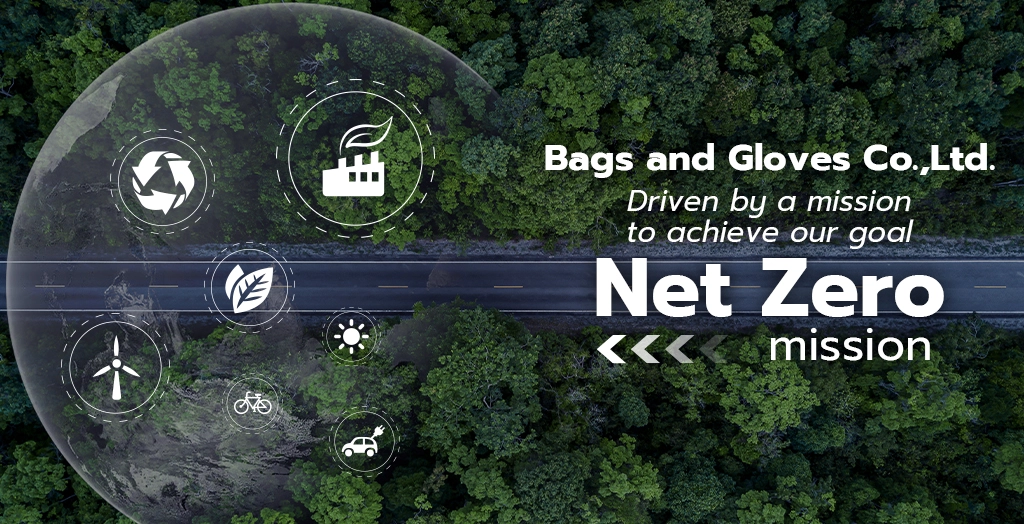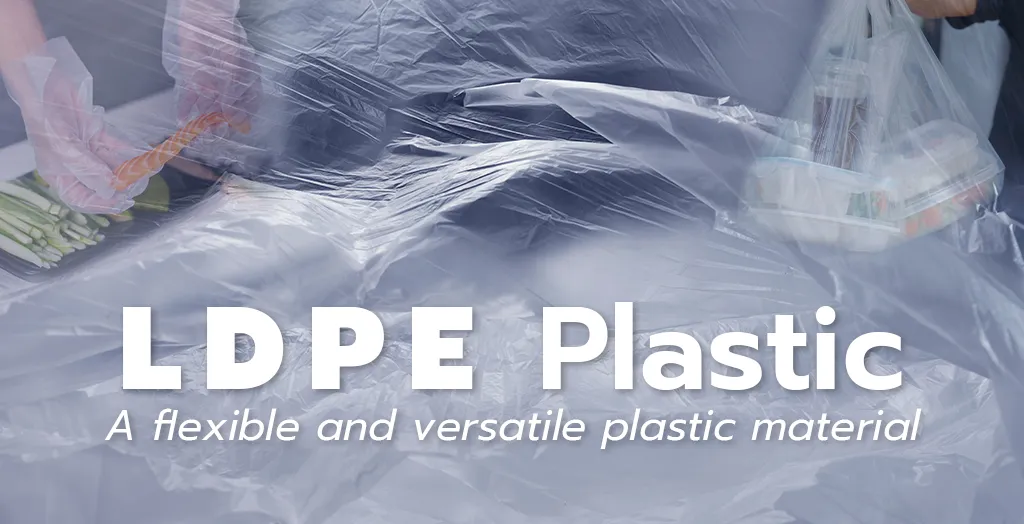It’s hard to deny that avoiding the use of plastic bags in our daily lives is not easy. However, today we have a sustainable innovation that helps make a real difference — biodegradable plastic bags.
Let’s explore how this green innovation not only helps reduce plastic waste but also transforms everyday convenience while protecting both people and the planet.
What Are Biodegradable Plastic Bags?
Biodegradable plastic bags are made from special materials that can naturally decompose without leaving behind toxic residues. Unlike conventional plastic bags — which can take hundreds or even thousands of years to break down — biodegradable bags are designed to decompose much faster.
Here’s how they differ from conventional plastic bags:
| Criteria | Conventional Plastic | Biodegradable Plastic |
| Raw Material | Derived from petroleum | Made from natural or plant-based materials |
| Decomposition Time | 500–1,000 years | 3–6 months up to 2–3 years, depending on conditions |
| Environmental Impact | Leaves microplastics | Breaks down into non-toxic organic matter |
2 Main Types of Biodegradable Plastic Bags
1. Biodegradable Plastic
These plastics are derived from renewable, plant-based materials such as corn, cassava, or sugarcane. The starches are processed into polymers that behave like traditional plastics but can decompose naturally.
- Decomposition Process:
In suitable environmental conditions, microorganisms break down the polymer chains using enzymes, turning them into organic matter, carbon dioxide, water, and biomass. - Decomposition Time:
Usually much shorter than conventional plastics, depending on factors such as temperature, humidity, and microbial activity. However, in tightly packed landfills or dry conditions, decomposition may take longer.
2. Compostable Plastic
Compostable plastic is a more advanced form of biodegradable plastic with specific environmental benefits:
- Fully decomposes within 180 days (3–6 months) under proper composting conditions, or 1–2 years in natural environments
- Leaves no toxic residues such as heavy metals
- Breaks down into nutrient-rich compost that supports plant growth
These plastics should be disposed of in organic waste bins or compost systems, but they cannot be recycled through standard plastic recycling streams.
Advantages of Using Biodegradable Plastic Bags
1. Reduces Long-Term Plastic Waste
Biodegradable bags help minimize plastic accumulation in oceans, rivers, and landfills — a growing global issue — by decomposing naturally instead of persisting as pollutants.
2. Decreases Dependence on Fossil Fuels
Since they are made from renewable plant-based materials instead of petroleum, biodegradable bags reduce reliance on non-renewable resources and help lower greenhouse gas emissions.
3. Safer for Wildlife and Ecosystems
Unlike conventional plastic bags that can harm animals when ingested, biodegradable bags gradually break down in nature and are less likely to disrupt ecosystems.
4. Supports Natural Decomposition Cycles
Some biodegradable plastics can also be recycled or, if discarded, will eventually return safely to the environment — unlike traditional plastics that linger for centuries.
Limitations of Biodegradable Plastic Bags
1. Higher Cost
The production process and plant-based materials make biodegradable bags more expensive than conventional plastics, which can discourage widespread adoption.
2. Requires Proper Conditions to Decompose
Biodegradable bags need moisture, oxygen, and microbial activity to break down effectively. In dry or anaerobic landfill conditions, decomposition can be much slower.
3. Lower Strength and Durability
These bags are often less durable and may not be suitable for:
- Heavy or sharp objects
- Long-term food storage
- Moisture-sensitive packaging needs
How to Choose and Use Biodegradable Plastic Bags Wisely
1. Check Labels and Certifications
Look for verified standards and certifications to ensure authenticity, such as:
- EN 13432 or ASTM D6400 (for compostable plastics)
- “Compostable” or “Biodegradable” symbols
- Clear information on decomposition conditions and duration
- Approval from trusted certification bodies
2. Dispose of Them Correctly
Proper disposal ensures true environmental benefits:
- Compostable bags → place in organic or compost bins
- Biodegradable bags → follow manufacturer instructions
- Avoid mixing with standard recyclables, as contamination may occur
3. Reduce and Reuse Whenever Possible
Even with biodegradable options, the most sustainable approach is to:
- Reuse bags as much as possible
- Reduce unnecessary plastic usage
- Opt for reusable fabric bags for everyday shopping
- Use biodegradable bags only when necessary
Conclusion
Biodegradable plastic bags offer a more eco-friendly alternative to traditional plastics. Their ability to naturally decompose reduces waste accumulation and fossil fuel consumption.
Although they still come with certain limitations — such as higher costs and the need for proper disposal — ongoing innovation continues to improve their performance, affordability, and accessibility.
With responsible use and continuous technological advancement, biodegradable plastic bags are helping pave the way toward a more sustainable, cleaner, and greener future.
Contact us for more information
International Sales
(+66) 2-108-2390
(+66) 95-583-3696
sales@bagglove.com
Domestic Sales
(66) 2-108-2390 ext. 104
LINE OA: @bagglove
sales.d@tna-thailand.com







